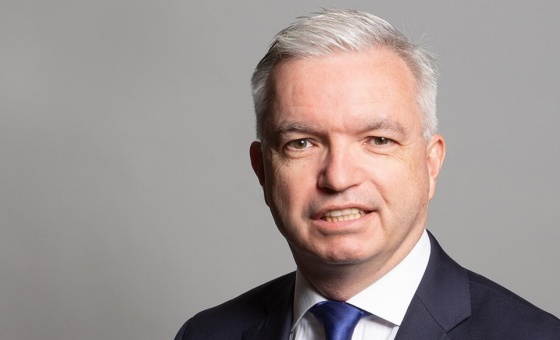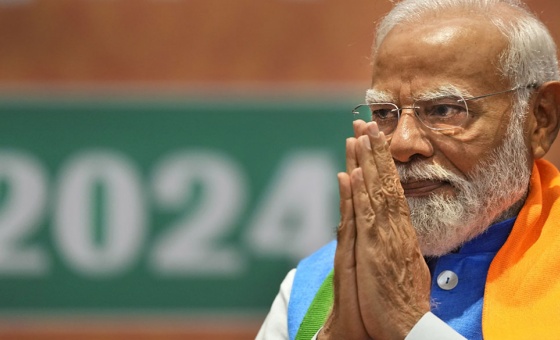This is the last article you can read this month
You can read more article this month
You can read more articles this month
Sorry your limit is up for this month
Reset on:
Please help support the Morning Star by subscribing here
On October 12 tens of thousands of Yemenis, most of whom were demanding secession from the north, took to the streets of Aden in the south of the country.
The date is significant, for it marks the 1967 independence of South Yemen, ending several decades of British colonialism.
But, in nearly five decades since then, Yemen is yet to find political stability, a semblance of economic prosperity and, most importantly, a settlement of the question of its national identity.
Just under three years ago, a large protest in the Yemeni capital Sana'a initiated what was quickly named the Yemeni revolution and it ignited a media frenzy claiming that Yemen had officially joined the so-called Arab spring.
Seeing Yemen as a member of the "Arab spring" club, as opposed to appreciating the Arab country's own unique historical and political circumstances, was a media shortcut that failed to explain the vast majority of events that followed the protests of Yemeni youth on January 27 2011.
One of the most significant dates of the massive protests against the 33-year role of now deposed president Ali Abdullah Saleh and his family's strong hold over state institutions was February 3, when both Sana'a and Aden stood united under one banner.
It was a momentous day because both cities once served as capitals of two warring countries. The youth of Yemen were able to fleetingly bridge a gap that neither politicians nor army generals managed to close despite several agreements and years of bloody conflicts.
But that collective triumph of the Yemeni people was only felt on the streets of a country overwhelmed by poverty and destitution but also compelled by hope. That sentiment was never truly translated to a clear political victory, even after Saleh was deposed early last year.
Since then a National Dialogue Conference (NDC) has been convened with representation from various political parties, major tribes, youth movements and delegates representing the country's north and south. Its job was to usher in the process of drafting a constitution by organising a referendum and general elections. September 18 2013 was recognised as a deadline for these major tasks to be accomplished, but that date slipped away. Even worse, deep divisions began to show between all parties involved. Initially, the dialogue attempted to explore commonalities between delegates representing the ruling General People's Congress (GPC) and the Joint Meeting Parties (JMP), representing the opposition. But conflict soon ensued between members of the latter.
JMP is made up of several opposition parties, including the Islamic-leaning Yemeni Congregation for Reform (Islah) whose core supporters are based in the north, and the secularist Yemeni Socialist Party (YSP) based in the south.
These two parties hail from entirely different ideological schools of thought and were not always united by their wish to defeat Saleh's ruling GPC. There was a time in which the Islah, seen as Yemen's branch of the Muslim Brotherhood, allied with Saleh to defeat socialists. "The socialist expansion emanating from the South bolstered the Brotherhood's alliance with Saleh's regime during the wars for the central regions from 1978 to 1982 against what they called the communist tide," wrote Farea al-Muslimi for Al-Monitor.
In those years, today's Republic of Yemen was two different countries - a Marxist-Leninist South Yemen and North Yemen. After years of conflict in which both sides were used to channel regional rivalries and an international cold war, they united in 1990.
Soon after the union, a process of democratisation, elections, wealth-sharing and more was initiated but quickly fell apart.
Southern leaders began speaking of a conspiracy to deprive their less populated yet wealthier southern and eastern parts of the country of its resources by the tribal-dominated north. In 1994, political conflict quickly descended into civil war when the south was defeated and thousands of its leaders and military men fled.
Efforts at reconciliation fell short. The sense of injustice that southerners continue to feel towards the dominant north is a notion that is challenged by many. But it is real and has never been seriously discussed, let alone resolved through a transparent political process overseen by a democratic leadership.
The current Yemeni Socialist Party is composed of remnants of the dissolved leadership of South Yemen. Although the Yemeni revolt of January 2011 ignited much national fervour throughout the country, talks of succession began resurfacing later on when Yemenis, especially in the south, began losing faith in the political transition and the NDC.
Another contributing factor is the state of utter security chaos experienced throughout Yemen, some of which is al-Qaeda-led or inspired violence, much of which targets southern towns and activists. Some in the south accuse Sana'a of facilitating or allowing such violence to perpetuate to achieve political ends.
The JMP, the "united front" of the opposition, became a major source of tension. The socialists deeply mistrust Islah and the latter, which strongly objects to any division of the country, is equally suspicious of its supposed political ally.
When the Egyptian military overthrew president Mohammed Morsi, Islah's supporters protested in fury, while the socialists celebrated with utter delight. Trust, indeed, was at an all-time low.
Not that the south is united, for the southern movement Hiraak, which advocates a two-state federalism followed by a referendum on the future of the south, is marred by division. Hiraak is composed of many political parties and factions and is torn by competing leaderships.
That division was displayed on October 12 during the marking of South Yemen's independence. Some participating factions carried pictures of Egyptian military general Abdul Fatah al-Sisi, who overthrew Morsi, while others waved the flags of Lebanon's Hezbollah. The political divide soon erupted in bloody clashes in Parade Square in central Aden, where some were reportedly injured.
On October 8, only a few days prior to the Aden rallies, President Abd Rabbuh Mansur Hadi - installed following the ousting of Saleh - declared the country's national dialogue was about to bear a long anticipated result. It was only "a few days away" from establishing a "united and federal Yemen," language so carefully used as to sway both sides of the divide.
But his anticipated breakthrough seemed irrelevant in the face of compellingly discouraging facts, foremost among them being that factions affiliated with the Southern Movement are boycotting the talks.
And the signing of any accords has been put off as the two representatives of Saleh's General People's Congress walked out and the GPC suspended its participation, rejecting any bid to "harm the unity of the homeland," Arab News reported.
Even if such an accord is ever signed, the National Dialogue Conference cannot enforce any agreement that lacks a clear mandate and popular approval.
Uniting a "homeland" around similar ideas, as a rebellion continues to brew in the north, a secessionist movement gathers steam in the south, an unending US drone war carries on, rampant militancy moves ahead and punishing poverty thrives throughout the country, is no easy task.
We must ask if, under these circumstances, it is even possible at all.
Ramzy Baroud (www.ramzybaroud.net) is an internationally-syndicated columnist and the editor of PalestineChronicle.com. His latest book, My Father Was A Freedom Fighter: Gaza's Untold Story is published by Pluto Press.









